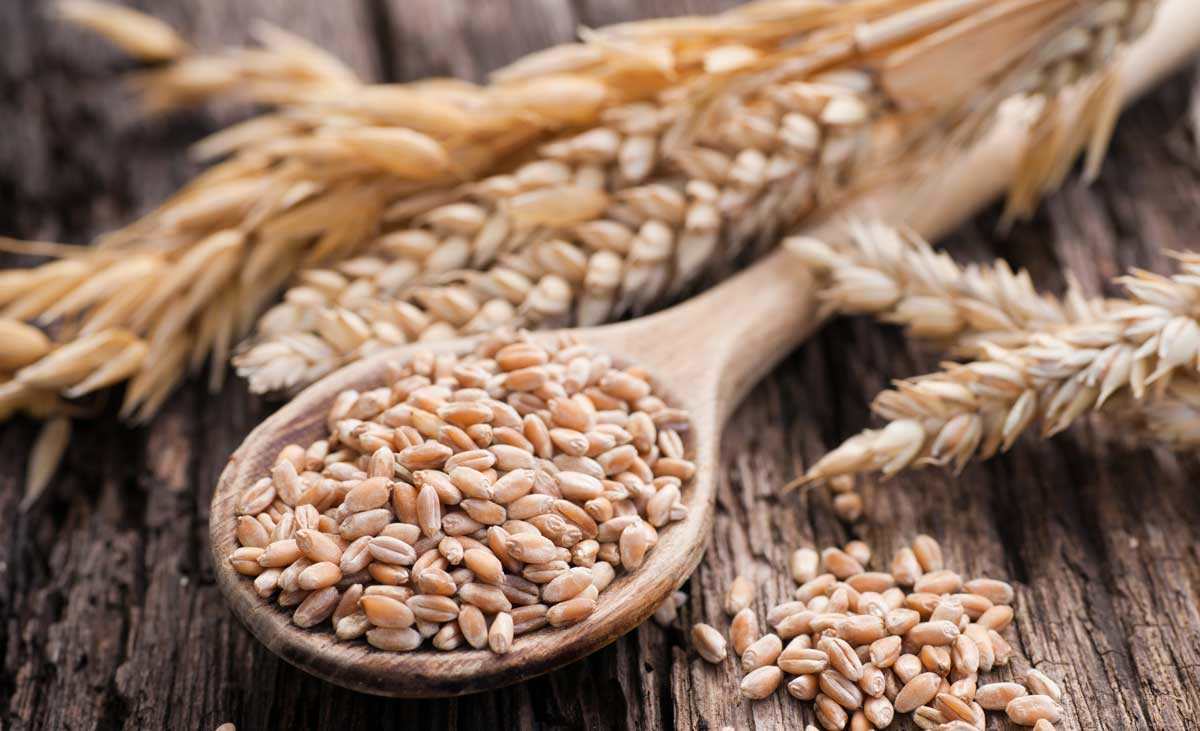It is interesting everything that Wheat’s cultivation provides since it is used for the production of flour, pasta (spaghetti), among others; all, frequently used foods in our kitchen. This article will explain to you the process of how to plant Wheat or scientifically known as Triticum spp. The word Wheat comes from the Latin word Triticum, which means it is broken, threshed, or crushed, a reference to separating the wheat grain from the husk. It is a cereal that belongs to the grass family, native to Asia. Wheat is yellow and is one of the most widely cultivated grains worldwide, along with rice and corn. Currently, it can be noted that agricultural fields are full of Wheat and, according to some statistics, it is estimated that there are millions of tons planted each year.
Important Points to Consider When Sowing Wheat:

If you want to plant Wheat, you should keep the following tips in mind:
- When: There are two varieties; the winter wheat that is sown in the fall, while the spring variety is sown.
- Where: As it requires a lot of sunlight, it should be sown in an open space, where it receives at least 8 hours a day.
- Harvest time: It takes 5 to 6 months after sowing.
- How do we prepare the land: The soil must be clayey. Add lime and a good contribution to organic matter.
- How do we water: Irrigation depends on climatic conditions and soil moisture, although it generally requires two to three irrigations a year.
- How do we harvest: The harvest is carried out when the stems have lost their green color and when taking some grains, it has the right consistency.
- Favorable associations: Some favorable associations of Wheat are legumes, including beans, alfalfa, peas, lentils, among others.
- Plagues and diseases: The most common pests to observe in this crop are bed bugs, aphids, rust, and powdery mildew.
When and Where to Sow?

Wheat is a plant that prefers a temperature of between 10 to 25 ° C; however, although not so recommendable, it can withstand 3 ° C and a maximum of 30 to 35 ° C. The best date to start sowing depends a lot on the variety to be sown since some Wheat varieties are sown in winter, while others are planted during the spring. Winter wheat plants are characterized by vegetating throughout the winter and ending their cycle in summer. A variety that is characterized by requiring a relative humidity of between 50 to 60%, from the beginning of the heading until the moment of harvest, and a dry climate at maturation. On the other hand, the spring variety does not require low temperatures to grow. That is, they can be sown during the spring. However, they are not as nutritious as the other varieties.
Sunlight
Wheat is a crop that requires sunlight to develop, ideally 8 hours of sunlight per day, regardless of its variety.
How Is It Watered – What’s the Adequate Humidity?
Wheat is not very demanding in terms of irrigation and can be developed while it receives 300 or 400 mm of rain, but it should be scarce in winter and abundant in spring. If you want to enjoy a good production, you must water it two to three times a year, although this depends a lot on the soil’s humidity. Usually, the first copious watering is done. Likewise, irrigation must be carried out during the encasing stage, when the cane’s appearance begins to be appreciated. Later during the heading, it becomes necessary to water the soil again since it is in full activity and quickly consumes the water. Finally, the last watering must be carried out in full milky maturity of the ears. You will notice this stage because the lower leaves will be dry, while the rest of the plant and the three upper leaves will be green.
How Is the Land Prepared?
The best soil that can be used is that which is clayey with an adequate lime content. If you use soil that is poor in organic content, you should fertilize or cultivate some plants that previously served as green manure. Also, the soil must be able to drain quickly, intense, and with a pH between 6.0 and 7.5. The first step in planting Wheat is preparing the soil. This is done by plowing the soil to a depth of 15 cm to eliminate weeds and stems of the plants that occupied the land. Subsequently, the plow is passed to level the ground, and this process is repeated once more. The soil must be very even. When using a winter crop, you must sow the seeds seven weeks after preparing the soil, this being a factor taken into account when preparing the soil.
On the other hand, spring varieties can be sown when the soil has been prepared. In soils with fertility, a formula that is 4% nitrogen, 4% potash, and 12% phosphoric acid should be applied. Likewise, manure, slags, and phosphates can be used to fertilize the land that will be used for the cultivation of Wheat.
Keep tuned for the second part of this article!



